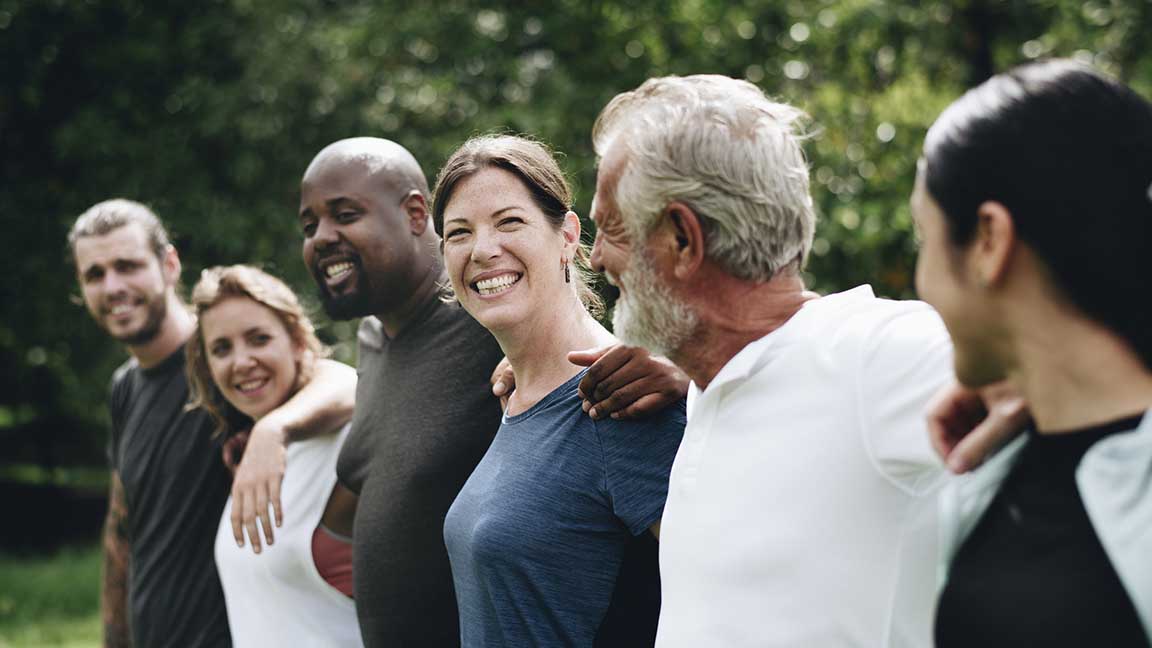“I can tell I’m getting older.”
How many times have you heard someone say those words while struggling to get out of a chair or while experiencing knee pain climbing steps? Maybe you’ve even said them yourself.
It’s true that mobility tends to decrease with age, says Dr. Mark Rowley, an orthopedic surgeon who practices at the Murrells Inlet and Azalea Lakes locations of Tidelands Health Orthopedics.
Often the cause is arthritis, which is incredibly common and becomes more prevalent with age. The Arthritis Foundation says as many as 31 million Americans suffer from osteoarthritis, and one of the top risk factors is increased age.
According to Dr. Rowley, the effect of arthritis on mobility is progressive.
“First, it starts with stiffness in joints,” he says. “Then comes associated pain, which can interfere with activities of daily living. Finally, weakness and imbalance set in, which can increase the risk of falls.”
He says the change often isn’t dramatic, but can be seen when you compare your mobility to a couple of years prior. Family and friends may also notice it and point out that your mobility is not what it once was.
But just because reduced mobility is a normal part of aging, you don’t have to simply accept it. With a bit of work, many people can regain some (or much) of their lost mobility.
Dr. Rowley offers a three-part strategy for getting on the move again:
“Recognizing that it’s normal is your first step—but that doesn’t mean you shouldn’t bring it up with your primary care physician,” he says.
This can be done through outdoor walking, training at the gym or indoor machines like ellipticals, treadmills and stationary bikes. Dr. Rowley says that strengthening exercises, in particular, are important. He also recommends stretching and range-of-motion exercises such as yoga.
“Start with goals that are achievable—baby steps lead to bigger steps,” he says. “This is especially true if you’ve been immobile for a long time or are recovering from an injury or illness.”
Not only can increased activity and exercise improve your strength, balance and reduce your risk of falls, it can also give you a higher quality of life.
“It will help you continue to do the things you want to do, like traveling, enjoying family time and walking on the beach,” says Dr. Rowley.
According to Dr. Rowley, exercise and increased mobility can also lessen an individual’s risk for obesity, diabetes, depression and other conditions.
“Your ability to stay mobile can affect all of these conditions,” says Dr. Rowley. “And the best treatment is sometimes not a medication but a mobility program.”
